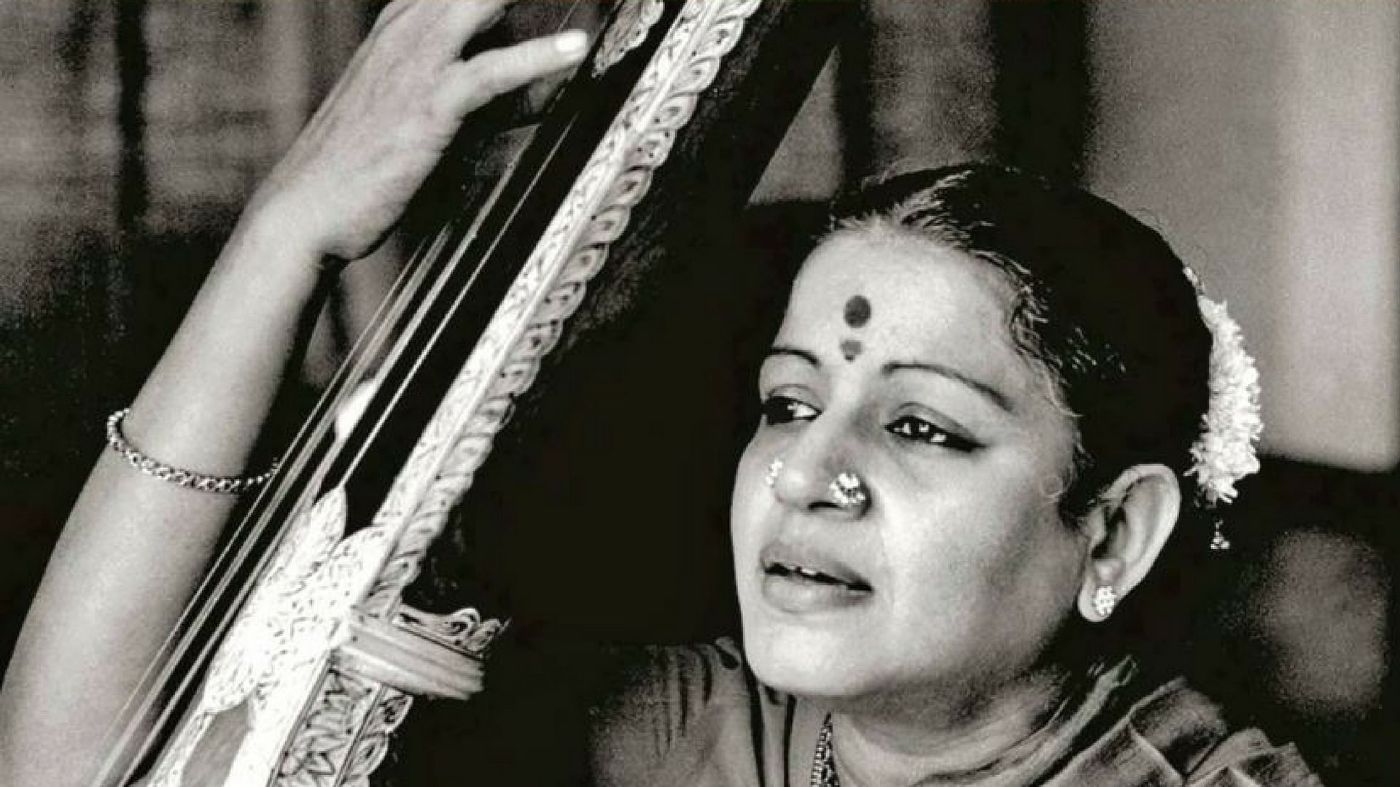M S Subbulakshmi
Subscribe to read full article
This section is for paid subscribers only. Our subscription is only $37/- for one full year.
You get unlimited access to all paid section and features on the website with this subscription.
Not ready for a full subscription?
You can access this article for $2, and have it saved to your account for one year.
Unforgettable is a tribute to the women who became synonymous with South Indian cinema.
The book profiles thirty-four amazingly gifted women who challenged stereotypes, redefined femininity and captured the hearts of millions of film goers. Over four decades, their multivarious roles made them larger-than-life images across South India. Most of them acted in all the four languages—Tamil, Kannada, Telugu and Malayalam—essaying roles that deeply impacted the society. Some of them entered filmdom at a time when cinema was strictly out of bounds for women. But they had the courage to fight against all odds and established themselves.
These are some remarkable human interest stories of individuals who stood up for themselves and left an indelible mark on millions of film buffs.
The following is an excerpt from the book Unforgettable: The Iconic Women of South Indian Cinema written by Nalini Shivkumar and Rema Mahalingam.
For a lay person to write about M.S. Subbulakshmi can be intimidating to say the least, and in the process to make sure that one does not plagiarize some of the aptly chosen epithets that have already been used to describe her, is another huge ordeal that one would face, adding to the apprehension of venturing to do justice to a celebrity larger than life, of almost an epical magnitude, a demi-goddess!
Talking about her foray into films would be unseemly without a prelude to her milieu in music that gave her a unique status unchallenged and unparalleled by anyone in the fraternity.
It was around this time, during one of her concerts, that Thiagarajan Sadasivam Iyer entered her life. He was closely following her concerts and felt that he could plan her path and career in music, observing that there was more to her. Sri Sadasivam Iyer, a great connoisseur of music, approached Subbulakshmi’s mother and sought her daughter’s hand. The mother consented and so did the daughter. He married her in 1940.
M.S. Subbulakshmi starred in four of Ellis Dungan’s films— Sevasadanam, Sakuntalai, Savithri (1941) and Meera (1945)—and the two that Dungan directed turned out to be Indian film classics.
Director Dungan, who shot Sakuntalai, later recalled how he could not get the desired reaction from her for a particular scene, so he sought permission from her husband to be rude to her, so as to enrage Shakuntala enough to unleash her pent- up ire on Dushyant. He succeeded in getting the desired shot. The film was a box-office success.
M.S. Subbulakshmi played the male role of Narada in Savithri (1941), to raise money to launch Kalki, the nationalist Tamil weekly, co-founded by her husband. Reviews reveal that when Narada descended from the sky, singing, the theatre reverberated with applause.
Her next film, Meera (1945), was ‘visually opulent’ despite being a black-and-white film because of the technical brilliance of Dungan (an excellent cameraman) and his cinematographer, Jiten Banerjee. They used a mould of her face, experimenting with different angles to make her look ‘ethereal and angelic’, and it worked. Her virtuoso rendering in Hindi of Meerabai (in the late 1940s), the austere Rajput queen who dedicated her life to Lord Krishna, had producers subsequently pleading with her to act in their films. But after Meera, M.S. Subbulakshmi withdrew from cinema.
An excerpt from Ellis Dungan’s reminiscences of directing M.S. Subbulakshmi states, ‘As an actress, she worked hard to perfect her art. When time permitted, I also taught her a few words of English. By the time we completed Meera, she had mastered enough English to carry on a conversation. Since musicians always surrounded her in her home, rehearsing songs for a recital somewhere, I had to literally wait my turn to conduct film rehearsals. She was quite a busy lady and a lovable one…’
In both appearance and lifestyle, M.S. Subbulakshmi remained conservative, with her flower-decked kondai (hair tied up in a bun) and her diamond nose and earrings. Possessing no jewels beyond what she wore and quick to give away the silk sarees gifted to her by admirers, she never tried to appear younger than she was. Thousands of people saw her as the embodiment of grace.
It is a daunting task to separate the great M.S. from the annals of Carnatic music and present her other facets, the lady has not only left behind an immortal legacy in music but has also created a cult following for her singing star image in Meera and Sakuntalai.

This excerpt is from Unforgettable: The Iconic Women of South Indian Cinema by Nalini Shivkumar and Rema Mahalingam published by Rupa Publications.
Tags
About the Author
Nalini Shivkumar and Rema Mahalingam teach at a women’s college in Hyderabad. They have presented papers in national and international forums on gender issues and are interested in documenting women’s concerns. They have edited a book titled Women in Nation Building: A Multi-dimensional Perspective, and have authored a coffee table book on women achievers titled, Divas of Deccan: An Ode to the Women of Hyderabad.







.jpg)



